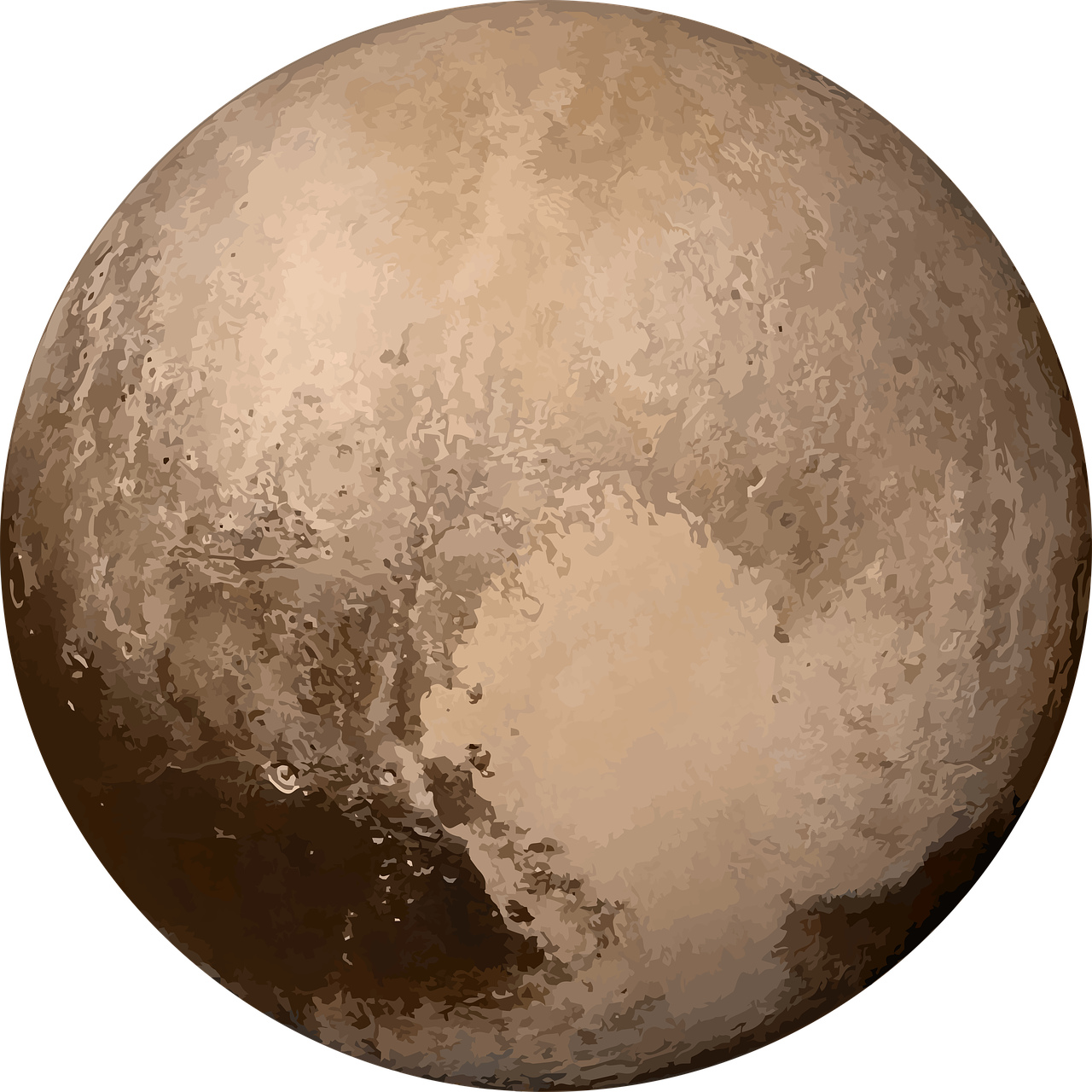Dwarf Planets
Made By Riddick
Ceres
Nasa
Dwarf planet Ceres is the largest object in the asteroid belt between Mars and Jupiter, and it's the only dwarf planet located in the inner solar system. It was the first member of the asteroid belt to be discovered when Giuseppe Piazzi spotted it in 1801. When NASA's Dawn arrived in 2015, Ceres became the first dwarf planet to receive a visit from a spacecraft.
With a radius of 296 miles (476 kilometers), Ceres is 1/13 the radius of Earth. If Earth were the size of a nickel, Ceres would be about as big as a poppy seed.
From an average distance of 257 million miles (413 million kilometers), Ceres is 2.8 astronomical units away from the Sun. One astronomical unit (abbreviated as AU), is the distance from the Sun to Earth. From this distance, it takes sunlight 22 minutes to travel from the Sun to Ceres.
Ceres formed along with the rest of the solar system about 4.5 billion years ago when gravity pulled swirling gas and dust in to become a small dwarf planet. Scientists describe Ceres as an "embryonic planet," which means it started to form but didn't quite finish. Nearby Jupiter's strong gravity prevented it from becoming a fully formed planet. About 4 billion years ago, Ceres settled into its current location among the leftover pieces of planetary formation in the asteroid belt between Mars and Jupiter.
Ceres has a very thin atmosphere, and there is evidence it contains water vapor. The vapor may be produced by ice volcanoes or by ice near the surface sublimating (transforming from solid to gas).
Ceres is one of the few places in our solar system where scientists would like to search for possible signs of life. Ceres has something a lot of other planets don't: water. Here on Earth, water is essential for life, so it's possible someplace else with that ingredient and a few other conditions could support life, as well. If anything does live on Ceres, it's likely to be very small microbes similar to bacteria. If Ceres does not have living things today, there may be signs it harbored life in the past.
Europa
Nasa
When Galileo Galilei discovered Europa and Jupiter's three other large moons – Io, Ganymede, and Callisto – it showed Earth was not the center of all motion in the universe and profoundly changed our view of the cosmos.
Abundant liquid water, energy, and the right chemical elements make Europa one of the best places in the solar system to seek present-day life beyond Earth.
Europa is primarily made of silicate rock and has a water-ice crust and probably an iron-nickel core. Cracks and streaks striate its surface but it has relatively few craters.
Europa orbits Jupiter, the fifth planet from the Sun. Jupiter orbits the Sun at a distance of roughly 500 million miles (780 million kilometers).
Europa rotates once on its axis and completes one orbit of Jupiter every 3.5 Earth days, so the same side of Europa always faces Jupiter.
Pluto
Nasa
Pluto was long considered our ninth planet, but the International Astronomical Union reclassified Pluto as a dwarf planet in 2006. NASA's New Horizons was the first spacecraft to explore Pluto up close, flying by in 2015. Pluto was discovered in 1930 by astronomer Clyde Tombaugh. It was named by 11-year-old Venetia Burney of Oxford, England.
Pluto is about 1,400 miles (2,380 km) wide. That's about half the width of the United States, or 2/3 the width of Earth's moon.
A year on Pluto is 248 Earth years. A day on Pluto lasts 153 hours, or about 6 Earth days.
Pluto has a thin atmosphere of nitrogen, methane and carbon monoxide. The atmosphere has a blue tint and distinct layers of haze.
Pluto has 5 moons. The largest, Charon, is so big that Pluto and Charon orbit each other like a double planet.